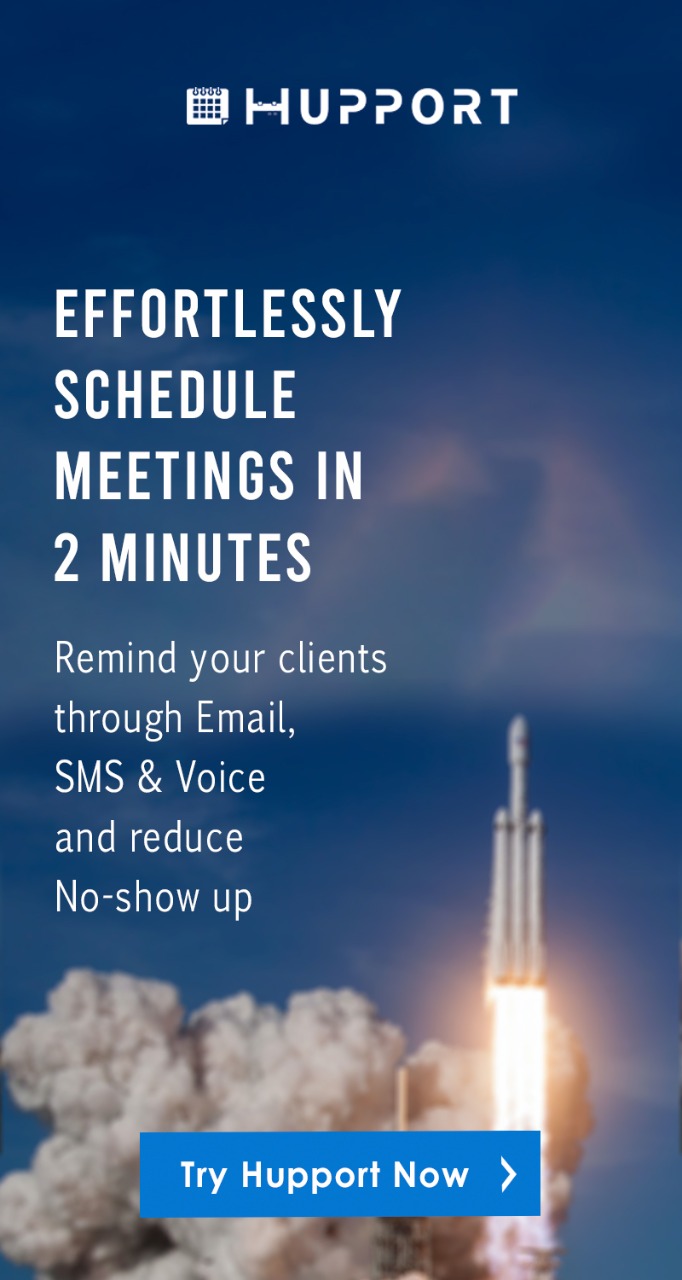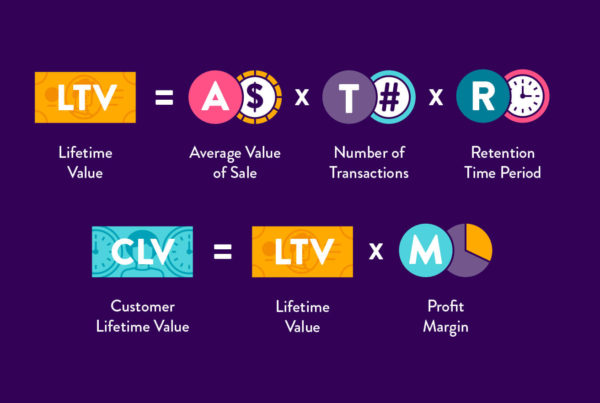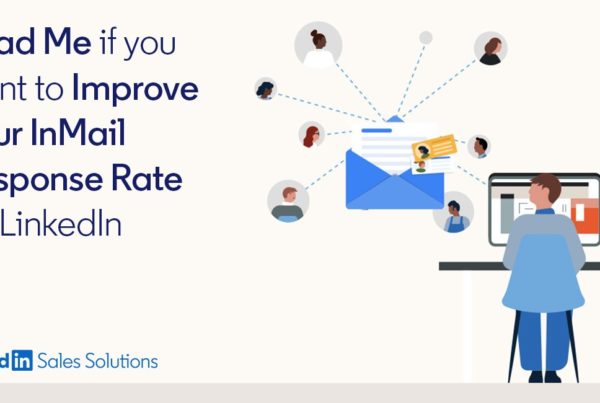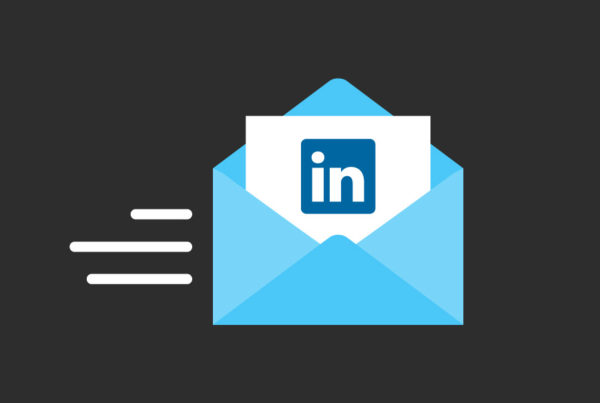Are you experiencing low open rates of your follow-up emails? This may be as a result of your subject line.
A good subject line can increase the open rates of your follow-up emails. Data from Convince&Convert show that 35% of email recipients open their emails based solely on subject lines. A subject line has a 47% ability to influence the open rate of your email.
We are going to have a look of some subject lines to skyrocket your follow-up email open rates.
Follow-up subject line to create curiosity
Creating curiosity is a smart way to get recipients to open your email.
This subject line works because it creates a sense of curiosity in the mind of your email recipients. They will like to know what exactly you forgot and what more you have in stock for them.
This alone will make them open your follow-up email and read it to know what they might have missed.
Here is an example:
“Oh..I forgot to mention…”
Follow-up subject line to direct your recipient
Some of your email recipients may not know the next step to take. A follow-up email is another avenue to better do that. Showing them the next step to take will definitely make them open your email to read.
Here is an example:
“Take a look for next steps…”
Asking a question
Here, you ask a question expecting a reply. When a question is asked, an answer is expected in return. To get people to give you an answer, ask a question.
Asking a question as a subject line will definitely increase your open rates because your recipient would like to know your question.
Here is an example:
“Will you like to know more about our products?”
Asking for help
People generally like to be helpful. It makes them feel good about themselves. When your subject line is asking for some sought of help, your email recipients will want to know what kind of help.
Here is an example:
“Could you help me out.”
Are you looking for increasing the opening rates for your follow-up emails?
If yes, then you have come to the appropriate place.
Not only for follow-up emails but a proper subject line is an important aspect for each and every email of your cold email campaigns.
Do you know 47% of email recipients open emails by checking the subject line only? On the other hand, 68% of email recipients mark emails as spam by checking their subject line.
So, you can easily realize that irrespective of cold emails or follow-up emails, subject plays a big role in every case.
A right follow-up subject line of your email will encourage your prospective customers to open and provide positive responses than whatever you sent earlier.
So, you might have realized that email subject lines are one of the deciding factors whether your potential clients will open your emails or not.
Following-up is one of the integral aspects of every small business. But despite knowing this fact, most of the small businesses, as well as their salespeople, get unable to follow up appropriately to grab the particular deal.
Following-up will show that you are serious about your business and also help you in finding out the interested prospects. On the other hand, the subject line weighs the worth of your email to a great extent.
How to write a Follow-Up Email Subject Line that Incredibly Works?
If you are looking for an email subject line for the B2B world, then what subject line suite your friend’s business, might not be suitable for yours’.
The effective tips for this post will help you in writing a brilliant subject line, as per your requirements. So, keep on reading.
Provide the most important information in your Follow-Up Email’s Subject Line:
Your email subject line needs to convey the most important information that means whatever your email is about. The subject line should provide a specific reason to your prospective customers.
First, you need to identify the unique aspect of your offerings (that make you stand out from the crowd). Then, just include that unique aspect in your email’s subject line so that your prospects get compelled to go through your entire email.
You need to actually mention the accurate reason for why you’re contacting that particular person. And the same strategy will be applicable to your follow-up emails as well.
When it makes sense, include the Recipient’s Name in Your Subject Line:
If you want to include the recipient’s name in the subject line of your follow-up email and you don’t have it, you can make use of the company name instead.
You can also take help of good lead sources to get the name of that person to whom you’re sending that email.
In a nutshell, the more you could customize your email’s subject line, the more advantages you could extract. But, good research is required.
When it makes sense, you can ask a question in Your Subject Line (the answer needs to be included in the email itself):
It is also a great idea to ask a meaningful and relevant question to your prospects. Don’t forget that the question needs to be related to the industry, business or company of the particular recipient.
And it is also essential to provide a proper answer to that particular question in your explanation of the follow-up email. Otherwise, the entire thing would be a big flop and can deteriorate the quality of your cold email campaign.
A Direct connection should present between your subject line and your explanation:
And this rule is applicable to any subject line and any email and specifically, you have to remember it while structuring your follow-up email.
A brilliantly-structured subject line becomes capable of generating curiosity in the readers and as a result, they would be further inspired for reading the entire email.
You have to mandatorily answer to all of the answers that could be generated after reading the subject line.
If your email’s body doesn’t properly explain the answer, raised by the subject line’s question, then the respective recipient might not give you a second chance.
Attention Grabbing Subject Lines:
The key point of the subject line of a follow-up email is to inspire the respective recipient to go through the entire message and provide a positive response. However, certain cold email subject lines are there with the possibility of high open rates.
Unfortunately, it’s almost impossible to provide you with the precise idea about which subject line would be most suitable for your follow-up email because it depends by context and industry.
And if you want to write a meaningful follow-up email subject line, then you need to re-review each and every point specified above.
Credibility is another important aspect when it’s come to the question of follow-up email open rates.
Don’t forget to include your name, your company’s name under the segment “Introduction.”
You can also include the full name of your recipient under the segment “Introduction.” It also works great.
You can also specify in your follow-up email that you have been constantly waiting for the response.
And then include two options to confirm whether they are interested in your emails or not. It will save your valuable time and you can invest your time in other follow-ups.
Don’t forget to research the profession of your prospects before sending out them follow-up emails.
Suppose, both you and your prospect operate a web design agency and now you can’t contact them requesting for acquiring leads.
Nowadays, people get very busy in their work schedule and that’s why they are not interested to find out the meaning of a complicated subject line. That means you have to keep your email subject line simple and straightforward.
Do remember to be specific and crystal-clear about your offerings. Try to conclude your subject line in seven or eight words (including the introduction part) and use simple-to-understand words.
Now, let’s check 20 brilliant email subject lines from HubSpot that will be helpful in increasing the open rates of your emails.
-
“Question about [goal]”
-
“[Mutual connection] recommended I get in touch”
-
“Hi [name], [question]?”
-
“Did you get what you were looking for?”
-
“Hoping to help”
-
“A [benefit] for [prospect’s company]”
-
“X tips/ideas for [pain point]”
-
“Idea for [topic the prospect cares about]”
-
“10x [prospect’s company]’s traction in 10 minutes”
-
“I found you through [referral name]”
-
“We have [insert fact] in common …”
-
“So nice to meet you, [Prospect]!”
-
“Feeling [insert emotion]? Let me help”
-
“Hoping you can help.”
-
“Our next steps”
-
“X options to get started”
-
“You are not alone.”
-
“10 mins — [date]?”
-
“A 3-step plan for your busy week”
-
“[Prospect], I thought you might like these blogs”
I hope this post was helpful for you. Now, just follow the guidelines properly and achieve your goal.




